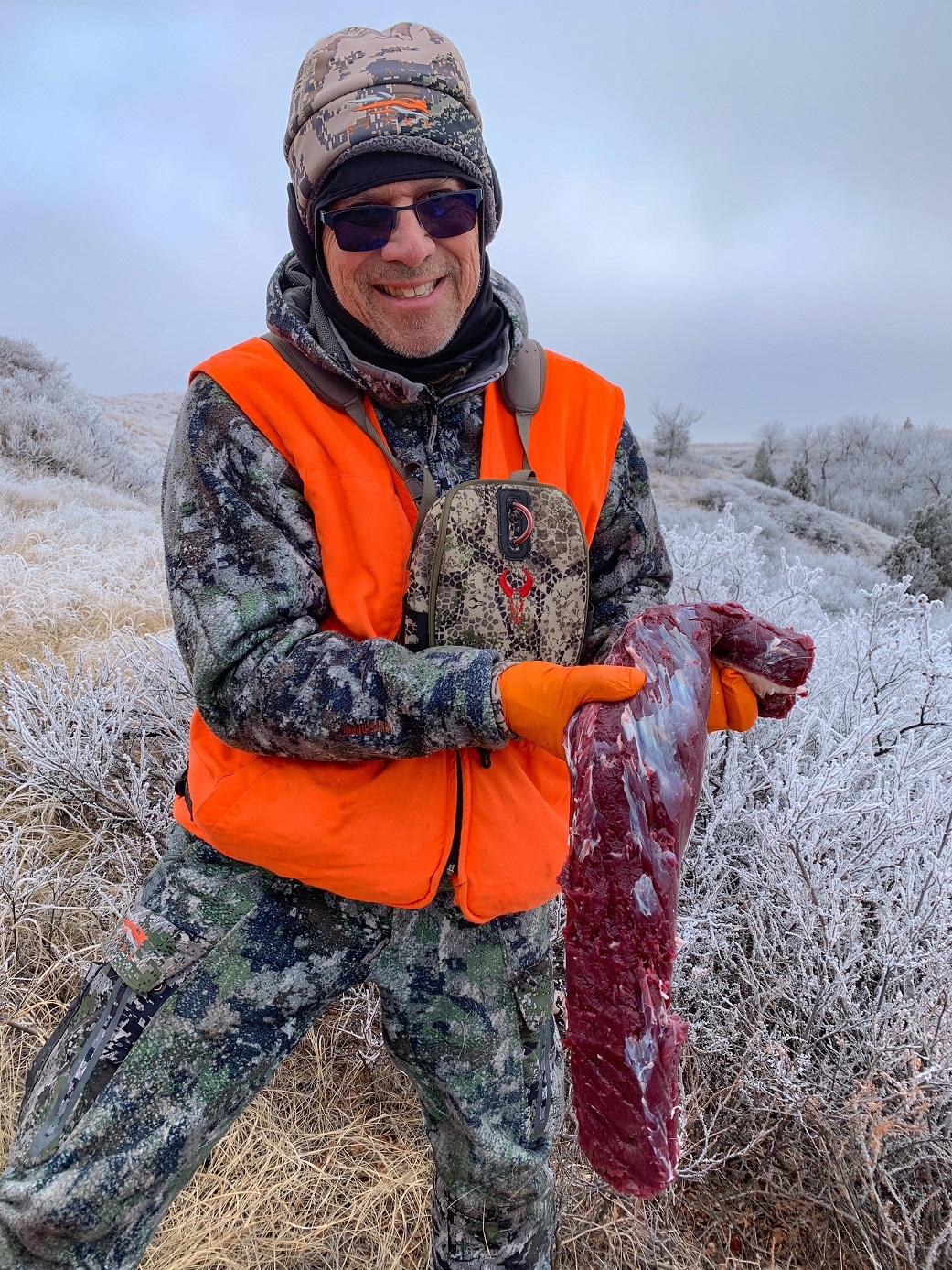
DOES AGING VENISON REALLY HELP?
SHARE
Does aging your venison make a difference? Are you really even aging it the way you’re doing it?
The question is about as debatable as “Which caliber is best for deer?” and “Who’s going to win March Madness?”, only it comes from hunters: Does aging meat really help the flavor?
The answer, as with any other debate, is “it depends.” Let’s use whitetail deer meat as our choice for this debate, as whitetails are the most-pursued big game animal in the country. “It depends” has myriad twists and turns, of course. It depends on how you want your wild game to taste. It depends on if you can handle the thought of meat aging for 21 or more days. It depends on what your family likes to eat. It depends on if you have the right equipment to age meat, along with the time and desire.
If you’re still wondering, the answer to the original question is aging definitely can change the flavor of meat. Whether it makes it better, or helps it, or improves it, is up to you and your palate. I have enjoyed incredibly tender ribeyes at the Nail Ranch in Oklahoma that I believe were lolling in a field just a day or two before. I’ve had delicious dry-aged beef at Bern’s in Tampa, Peter Luger in Brooklyn and The Steak House in Vegas. My palate could not tell the difference but I know this: I loved all of them. And my father’s ribeyes when I was growing up, and my father-in-law’s fillets now. I’m not a meat snob. If it’s good, I’ll enjoy it.

Clear as mud? Sorry about that. Here’s a little more about aging and what it does.
THE AGING PROCESS
Controlled dry aging is merely the process of moisture being removed from the meat, which as we know is muscle. Muscles have cells, which have water. Aging causes the water to escape and an enzyme process to break down those tissues.

Take a venison roast, for example. This reduction of moisture causes the tissue to contract. The enzyme process creates softer, or more tender, tissue. The outer layer becomes firm and, perhaps, has a thin layer of mold. Those factors mean you’ll lose a small amount of meat when you trim away the outer layer. You lose a bit if you trim freezer-burned meat on a roast you found from two seasons ago. Trim happens.
Enzymes are a nice way of saying “the meat is breaking down internally.” It gets more tender. But it gets a bit more dense, too. Up to a third of the meat could be lost by dry aging, if you do it properly in the correct conditions. Improper temperature or humidity, or both, can ruin it. At commercial steakhouses such as Bern’s, Peter Luger, The Steak House and others, they may have meats aged 21 to 120 days in their large, climate-controlled rooms. The longer the aging process, in theory, the more tender the meat.
This process does not happen immediately. Hanging your deer “to age” for two days at camp before going home will result in a tough, hard outer later. That’s not aging. That’s just a crust you’ll have to trim. True dry aging takes at least 21-30 days for noticeable flavor and tenderness. Game birds and venison many decades ago, especially in Europe, were hung until they were almost falling apart, which is disgusting because it was done in the open. The meat, after hanging and “aging,” were grilled or boiled and slathered with some kind of sauce or gravy. Blech. The latter was, at the time, probably a method of disguising the flavor of some meats that were rotten. Remember, effective refrigeration and processes related to it didn’t arrive until the mid 1800s or later.
Home dry aging requires air circulation around the meat and a controlled environment. Sticking a roast on a plate in the fridge isn’t going to cut it. But if you learn about the process, have the right equipment and time, you can do your own aging to see how you like it.
Wet aging is the opposite of dry aging (duh, right?) yet still achieves similar results when done properly. A cryovac, or vacuum sealer, unit is needed for wet aging. The cut of meat is sealed and kept in a refrigerator at 35 degrees for at least 14 days or more. This works best with lean cuts. The moisture is kept in the meat, instead of being lost to dehydration, and the meat is tenderized thanks to the enzymes working their magic.
IS AGING WORTH IT?
Again, I’ve eaten at some of the most popular steak houses in big cities and had home-grilled meats with family and friends. I love them both. My palate isn’t as discerning to be able to say, “Oh, my, this 40-day aged beef is innncredible!” But all the dry-aged beef I’ve had has been quite good.
My advice, should you want to try dry aging some of your game meats or beef, is to learn as much as possible about the process. Learn what happens during the process. Get the right equipment, or make room in your refrigerator or whatever location you’re going to use. Get the family on board, too, so they don’t throw out “that old wrapped-up meat on the shelf.”

Then, experiment. Give it a try. See if you like it. It could be something that hits the spot, or one of those checklist “did it, didn’t care for it” items. It’s not difficult to do, but figuring out whether dry aging really helps the flavor of meat ultimately will be up to you.
Article by Alan Clemons
Photos by Alan Clemons and Tanner Cherney
